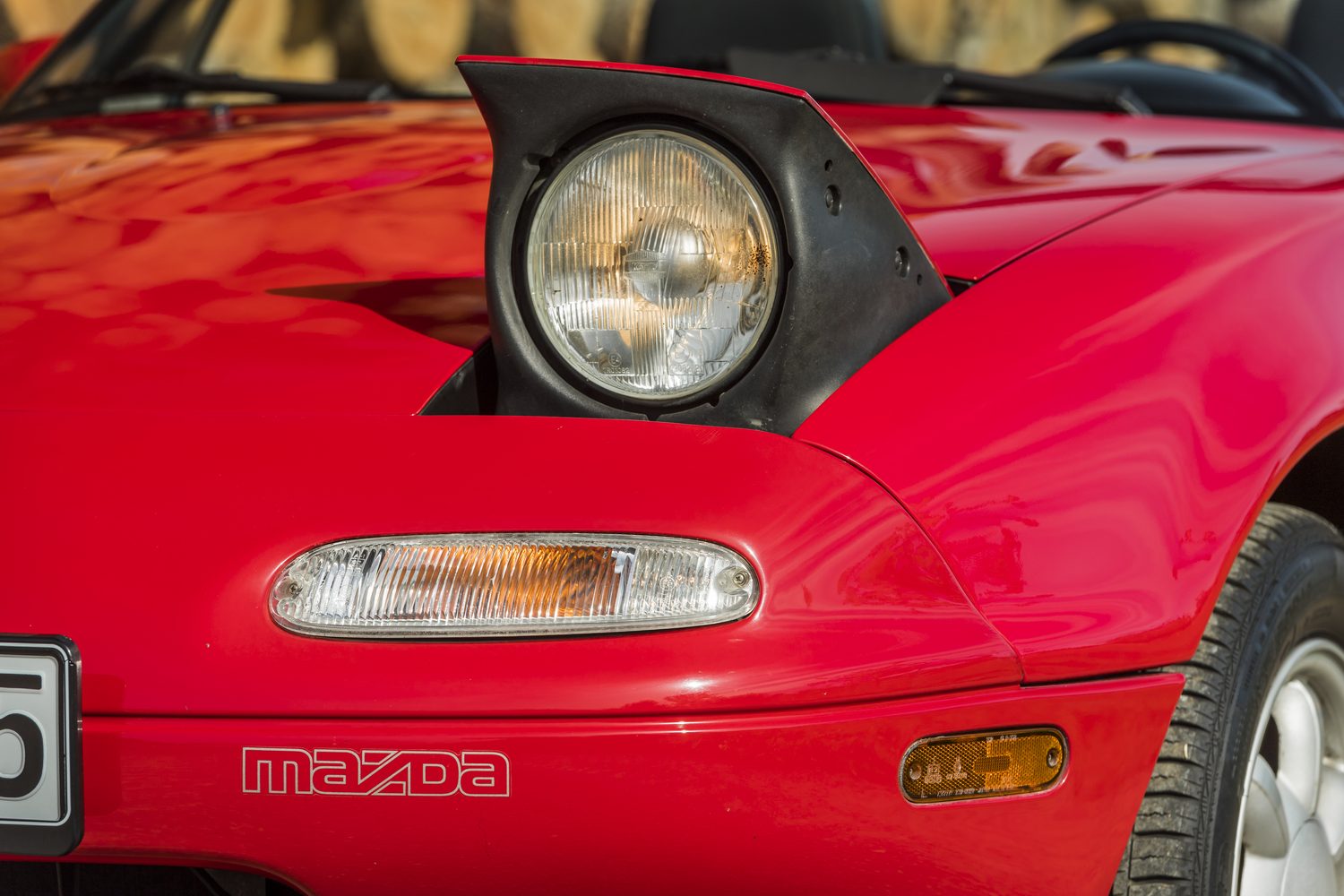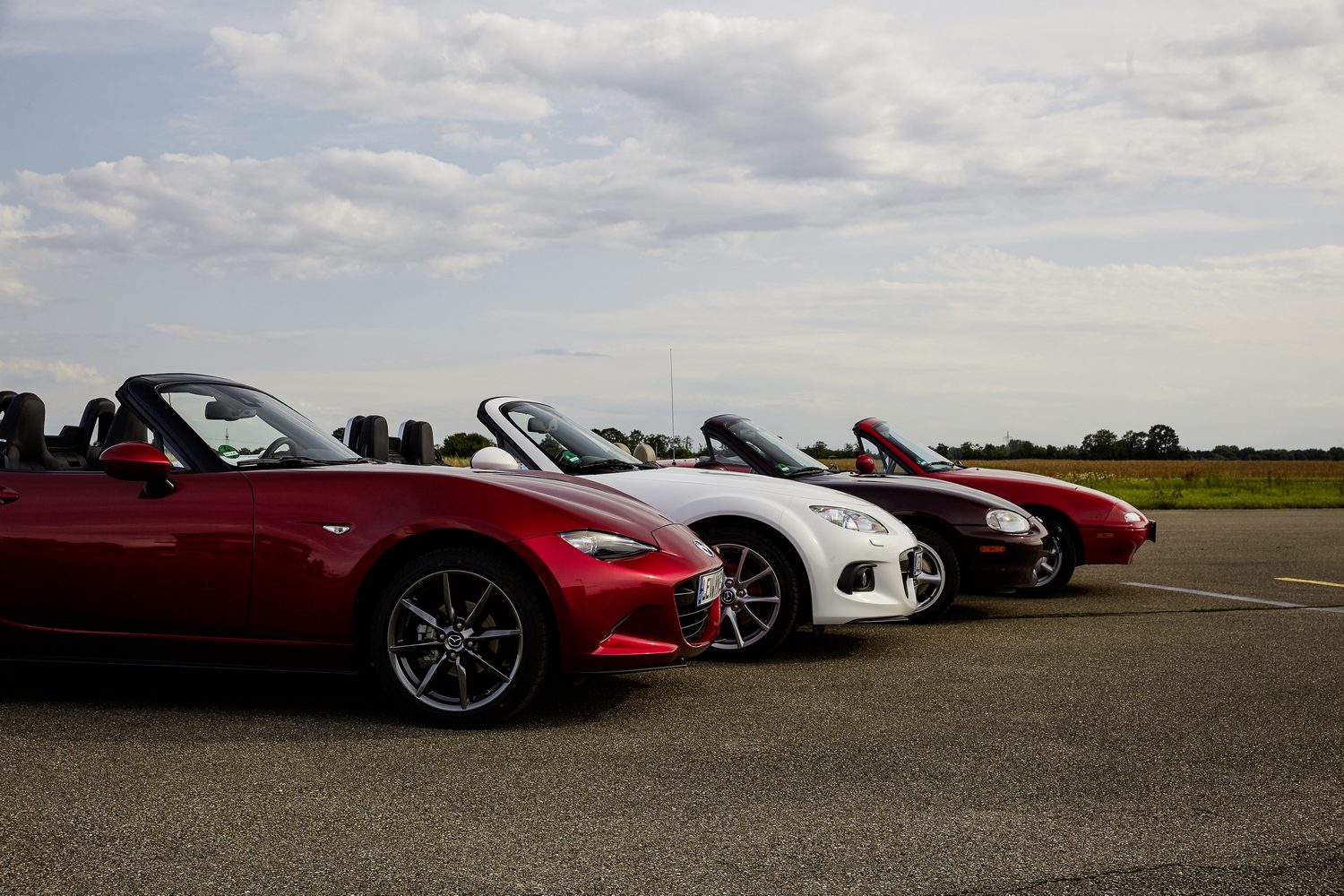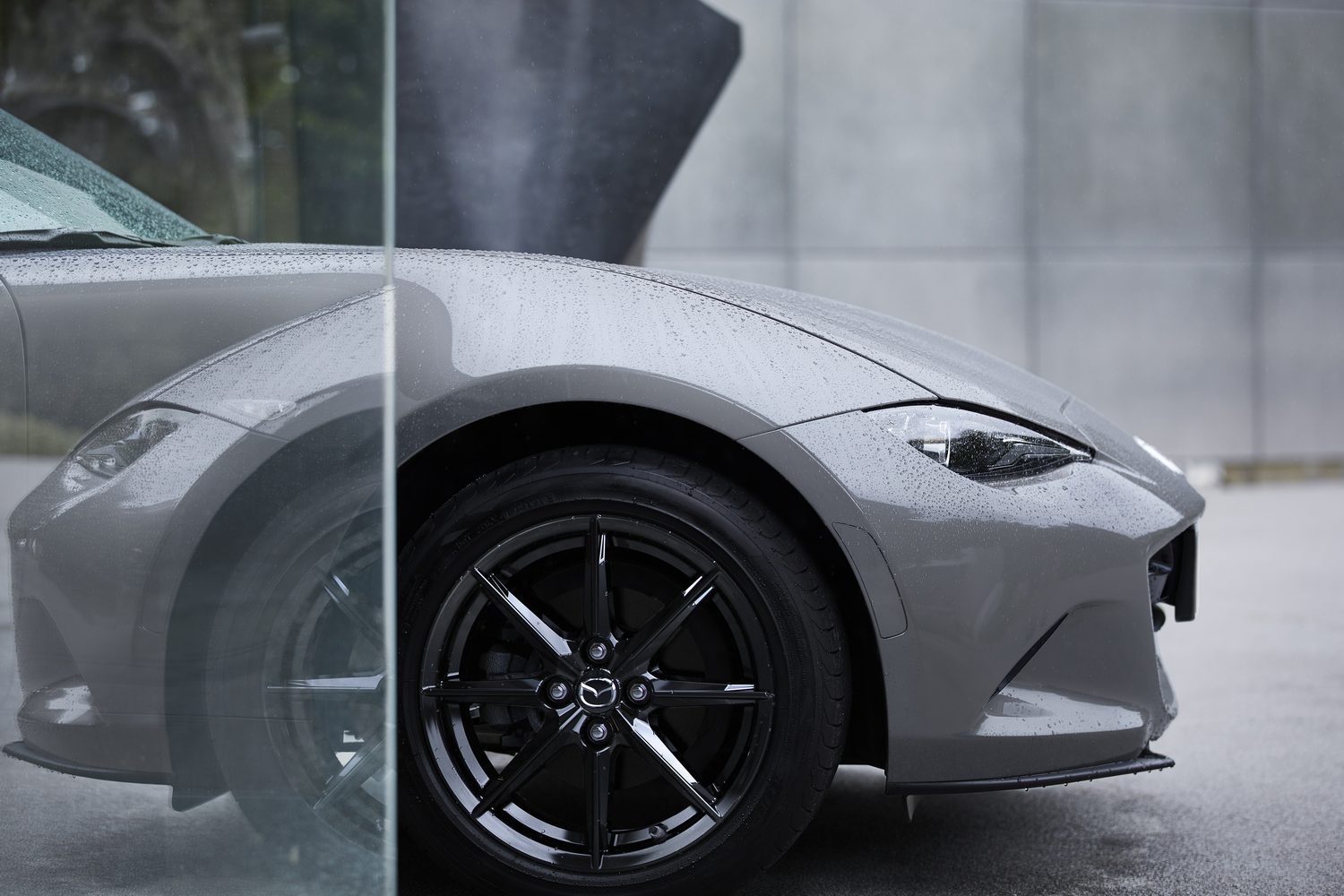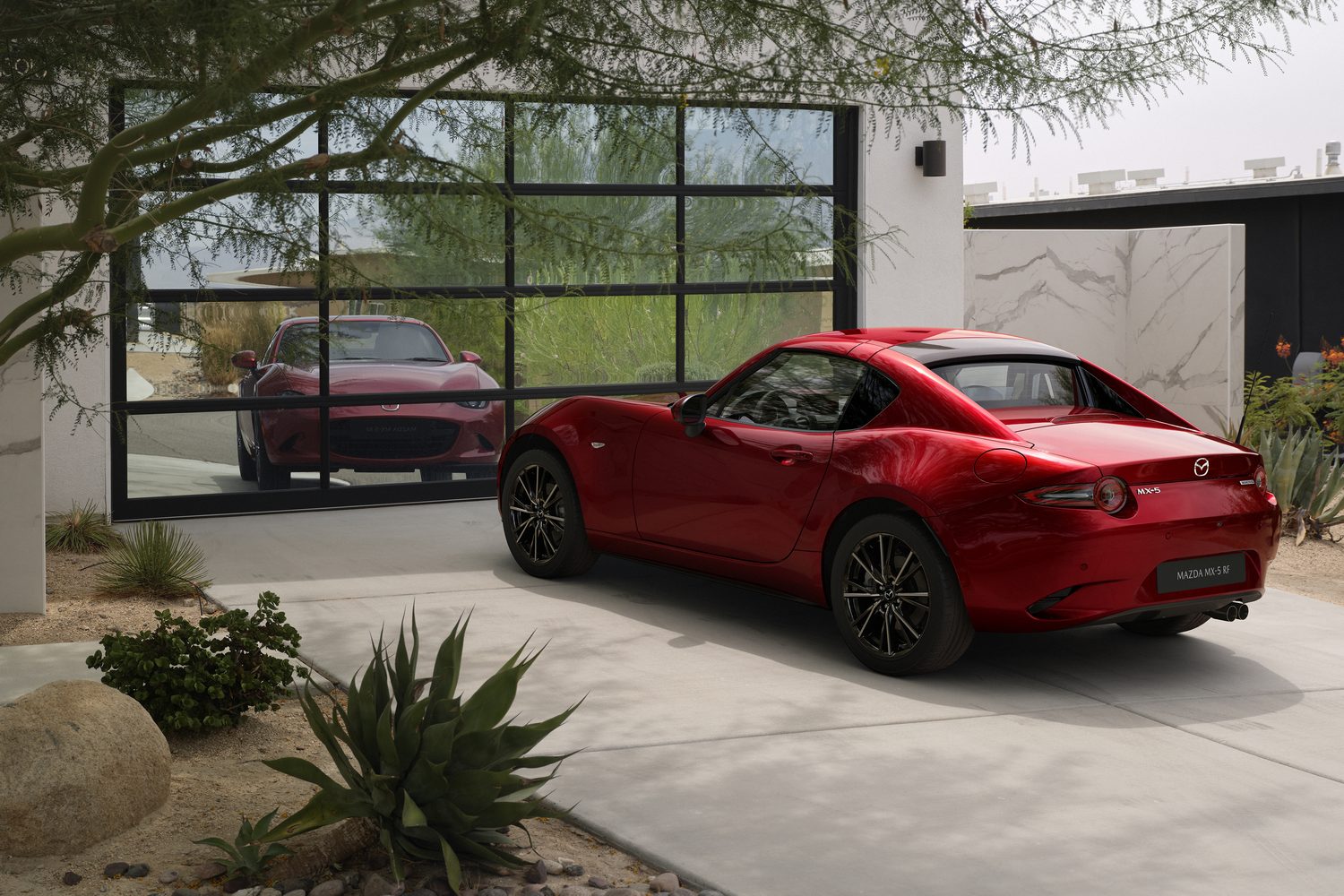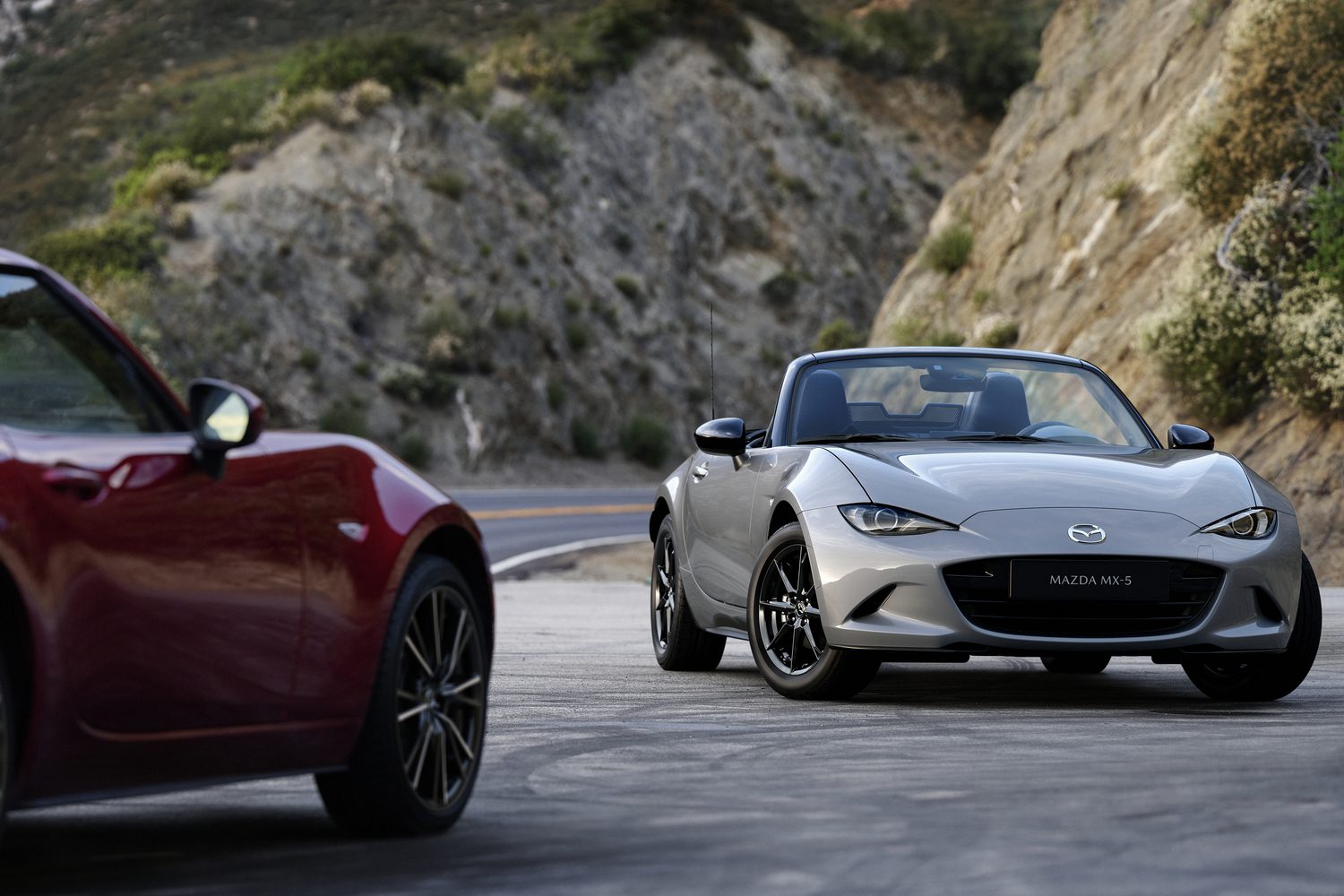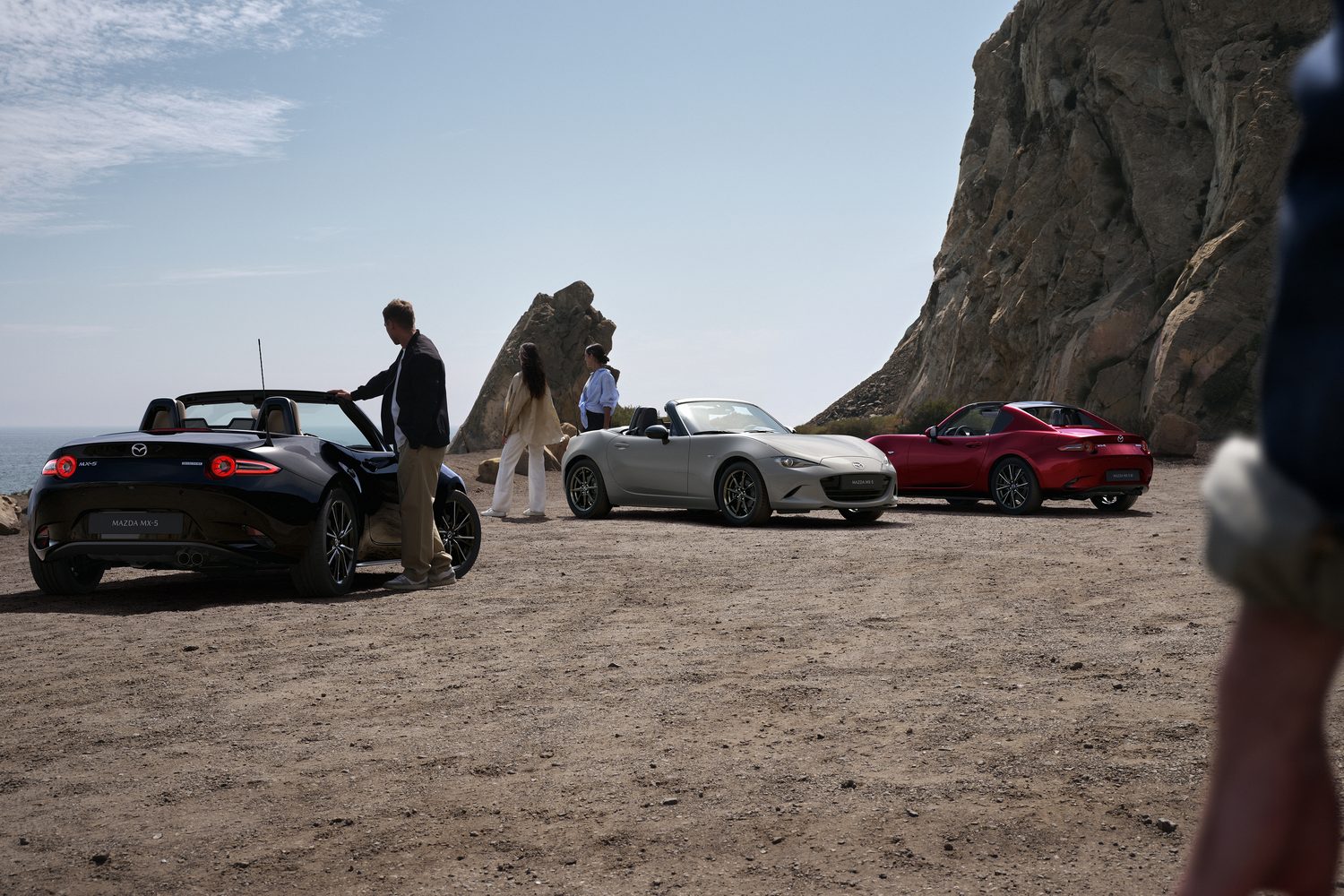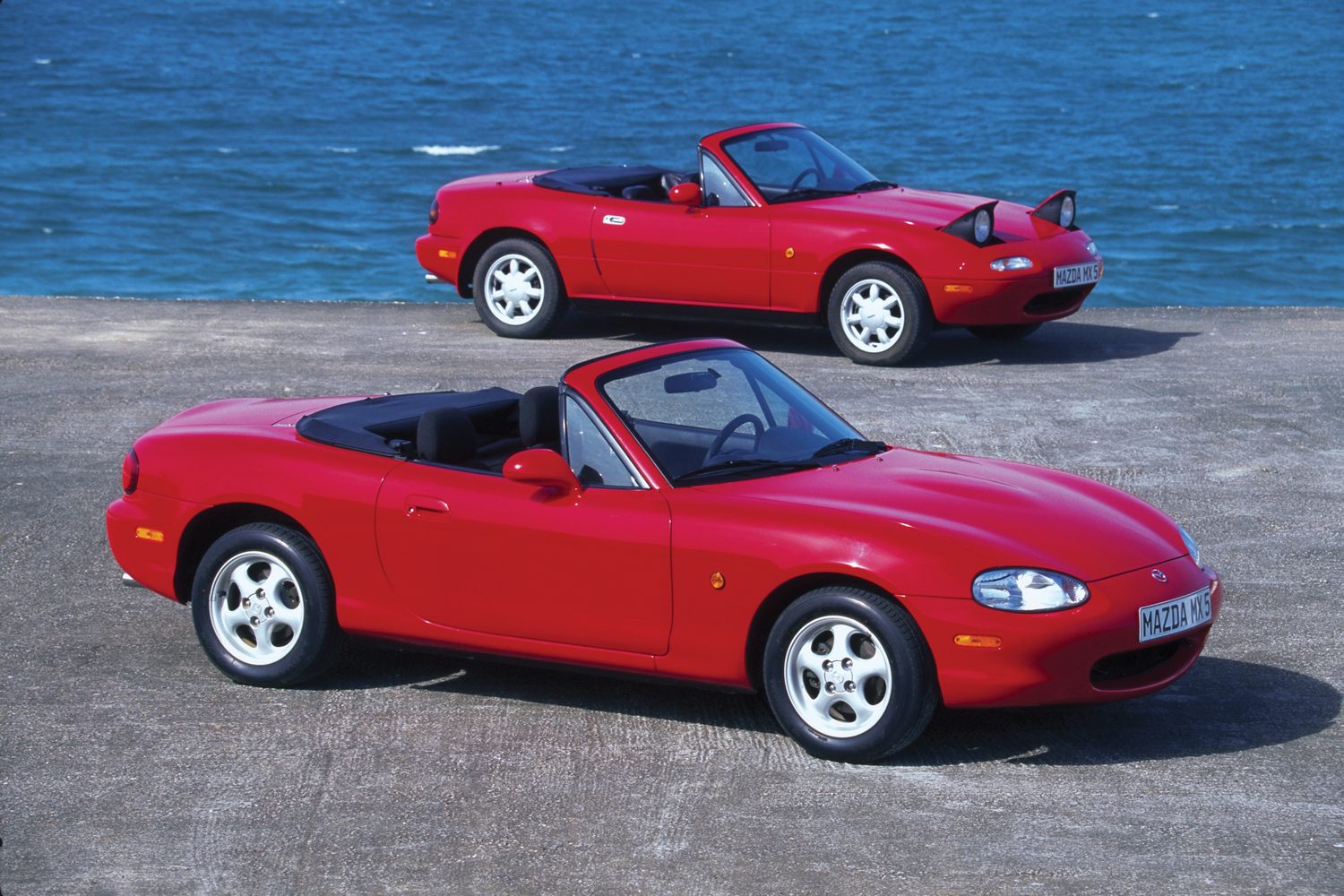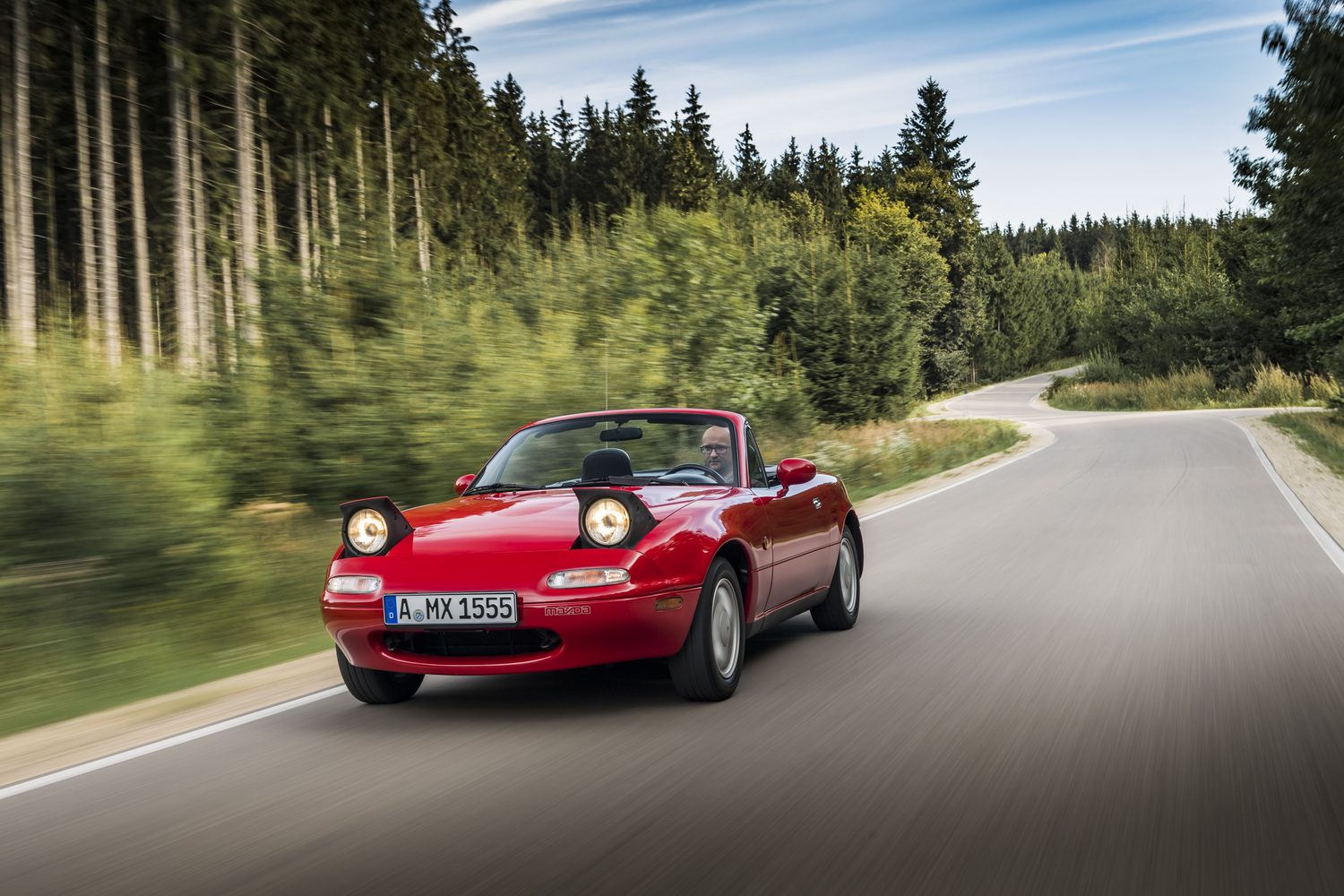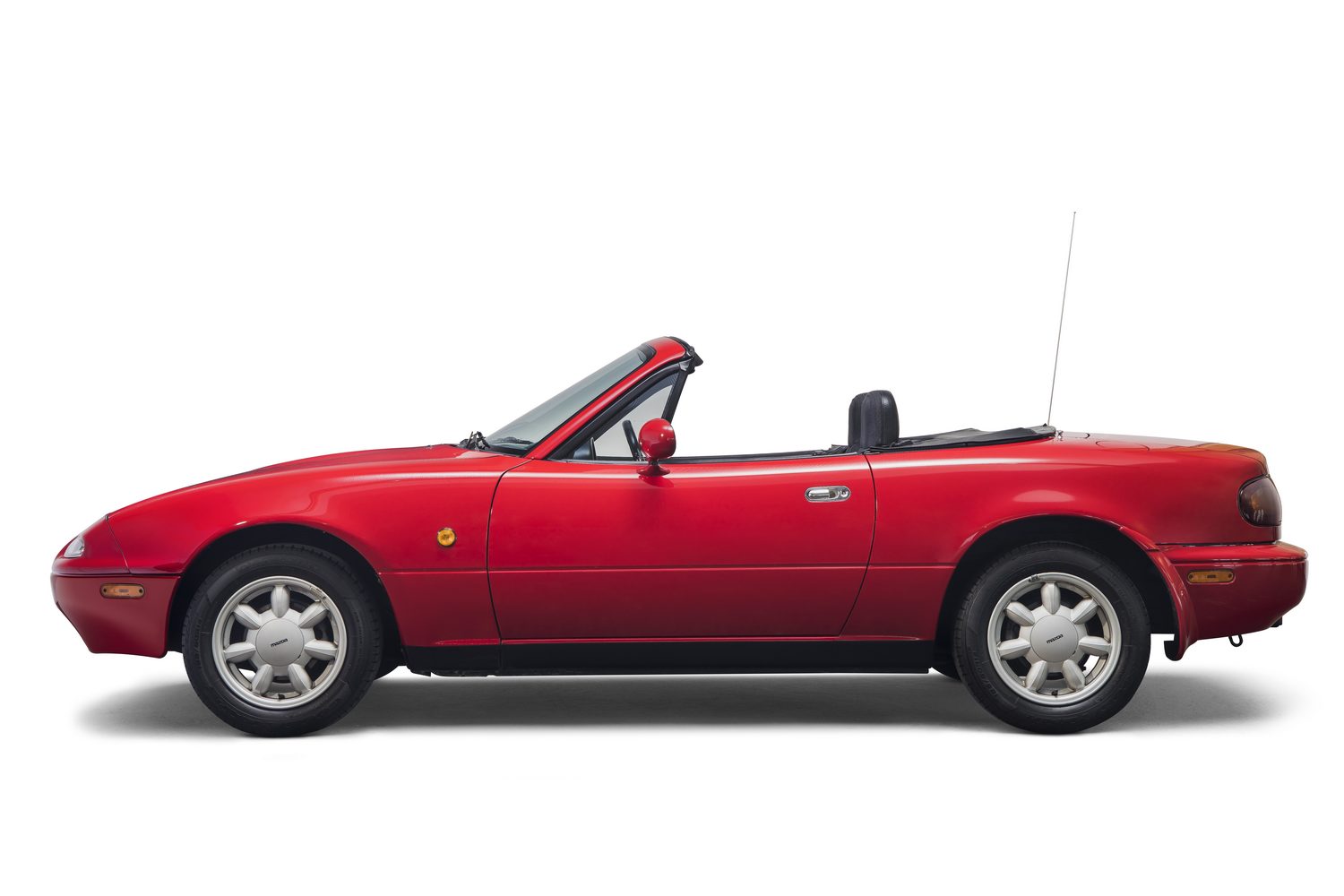The MGB was in production for a mere 17 years, from 1964 to 1980, plus a couple of bonus years in the 1990s when Rover Group revived it - using heritage reproduction bodyshells - from 1993 to 1995 as the MG RV8. The Lotus Elan was produced for 13 years in its original form (1962 to 1975) and then also had an '80s/'90s revival when Lotus introduced the 'M100' front-wheel-drive Elan from 1989 to 1995.
Why am I pointing all this out? Because we have now reached the point where the Mazda MX-5 has been in production for twice as long as the cars that inspired it. Launched in 1989, at a time when many felt that the front-drive, turbocharged Lotus Elan was the more modern, or at least modish, product the original MX-5 was often said to be the spiritual successor to the MGB and original Elan. All slim hips, pop-up lights and simple, rugged, mechanical bits.
And fun, of course. That was always and ever the whole point of the MX-5, but while some at the time considered it almost a Japanese pastiche of classic British sports cars, now we have reached a point - the MX-5's 35th birthday - where it has been in production for more than twice as long as the original MGB (excepting those two RV8 model years of course, although they were more restomods than actual proper production cars). So now how do we tell which is the imitator, and which is the original?
That's a fruitless question because the MX-5 is, and always was, its own thing. True, there was clear inspiration from those classic sports cars - and others, including the Fiat 124 and Alfa Romeo Duetto - but the MX-5 was always a car marked by a particular style and a particular ethos.
That ethos, oddly, was an American one. Casting around for a more affordable sports car model, to sit alongside the rotary-engined RX-7, Mazda asked three different design offices to produce concepts. The Mazda Tokyo office dreamed up a rival for Toyota's then-current MR2 with a mid-engined configuration. Mazda's HQ office in Hiroshima thought of a front-wheel-drive model, which could use the mechanical bits and bobs of the Mazda 323 hatchback.
It was Mazda's California design studio, though, that went for a front-engined, rear-wheel-drive concept partially at the urging of Motor Trend magazine writer Bob Hall, a Japanese-speaking American car nut, who convinced Mazda chairman Kenichi Yamamoto that this classic layout was the right one, even with the expense of engineering a separate rear-drive platform for the task.
We're not sure if it was Hall or Yamamoto who coined the now-famous 'Jinba Ittai' - a Japanese phrase that describes the oneness felt between a trained horse and an experienced rider, when both are moving together in harmony - but it fast became the underlying principle that guided the MX-5's development, and later became the philosophy behind all of Mazda's chassis engineering decisions. Enjoy driving your Mazda3 hatchback or CX-5 crossover? That slick steering feel and pin-sharp gearshift can all trace their lineage back to the original MX-5.
Launched to the world at the 1989 Chicago motor show, and going on sale in 1990, the original MX-5 had a mere 116hp to play with from its light and rev-happy 1.6-litre petrol engine. That wouldn't be upgraded to a more powerful 1.8-litre engine until as late as 1993, but it hardly mattered - the MX-5's sparkling handling and effervescent steering more than made up for any deficit in speed, and the MX-5 romped home with trophies such as Automobile magazine's 1990 Automobile of the Year and Autocar magazine's Best Driver's Car, beating rivals from Porsche and Ferrari to do so. Not bad for 116hp, eh?
The MX-5 has been updated many times over the years, and while it's true that it is now heavier and more complex than that 1989 original, it has managed to stay true to its original Jinba Ittai credo. Some 1.2 million MX-5s have been built - more than any other two-seat sports car - and every single one of them - fast or slow, a basic model or a pricey special edition - has been gloriously, wonderfully fun to drive. Crucially, the MX-5 has also never been expensive. The current version, with its sweetheart of a 132hp 1.5-litre engine, has a list price of €38,495.
On the subject of special editions, the MX-5 might just be the all-time champion when it comes to such things. Mazda reckons that there have been 50 special versions of the MX-5, from ones painted int he distinctive orange and green livery of the 1991 Le Mans-winning Mazda 787B race car, to the bright yellow MX-5 California, to one made with fashion guru Jasper Conran, and then the anniversary models both for the car and for Mazda itself.
For 2024, and that 35th birthday, Mazda has treated the MX-5 to a few updates, just to keep it fresh. There's a new 'Track' driving mode, which "enhances the feeling of driver engagement in the legendary sports car" as well as working with the Kinematic Posture Control System (KPC) system which, through some clever software, helps to keep the MX-5 more stable, yet more poised, through corners. If you're buying the more powerful 2.0-litre model, there's also a new asymmetric limited slip differential which helps those rear wheels put the power to the pavement when the going gets tricky.
According to Mazda: "The compact and lightweight Mazda MX-5 redefined the joy of open-top driving. Mazda engineers achieved this by adhering to the traditional Japanese philosophy of Jinba-Ittai, which views the horse and rider as one unit. Applied to the Mazda MX-5, the driver and the roadster form a close bond, providing balance, agility and lightness. The MX-5 has earned numerous awards and prizes over the years, which continue to prove its excellence."
Now, 35 years on, the MX-5 has proved its staying power, and Mazda isn't stopping there. At the recent Tokyo motor show, the company showed of a sleek electric coupe called the Mazda Iconic SP. It uses a small and light battery for efficient zero-emissions driving, but has a smooth-spinning two-chamber rotary engine - powered by carbon-neutral synthetic fuel - to keep the battery charged for longer journeys. While Mazda hasn't come right out and said that the Iconic SP is its idea for a next-generation, carbon-neutral MX-5, have a look at what Masahiro Moro, Mazda's Representative Director, President and CEO said at the show: "Mazda will always deliver vehicles that remind people that cars are pure joy and an indispensable part of their lives. As a car-loving company that mass-produces the inspiring mobility experience, we are committed to shaping the future with our partners sharing the same goal, as well as our fans, where everyone can proudly say, 'we love cars.' With such a strong will, Mazda is committed to enrich life-in-motion for those we serve."
Sounds like the MX-5 might want to start planning that 40th birthday party...

